Journey to the Gas Giant: How long does it take to get to Jupiter?
29th Jan 2023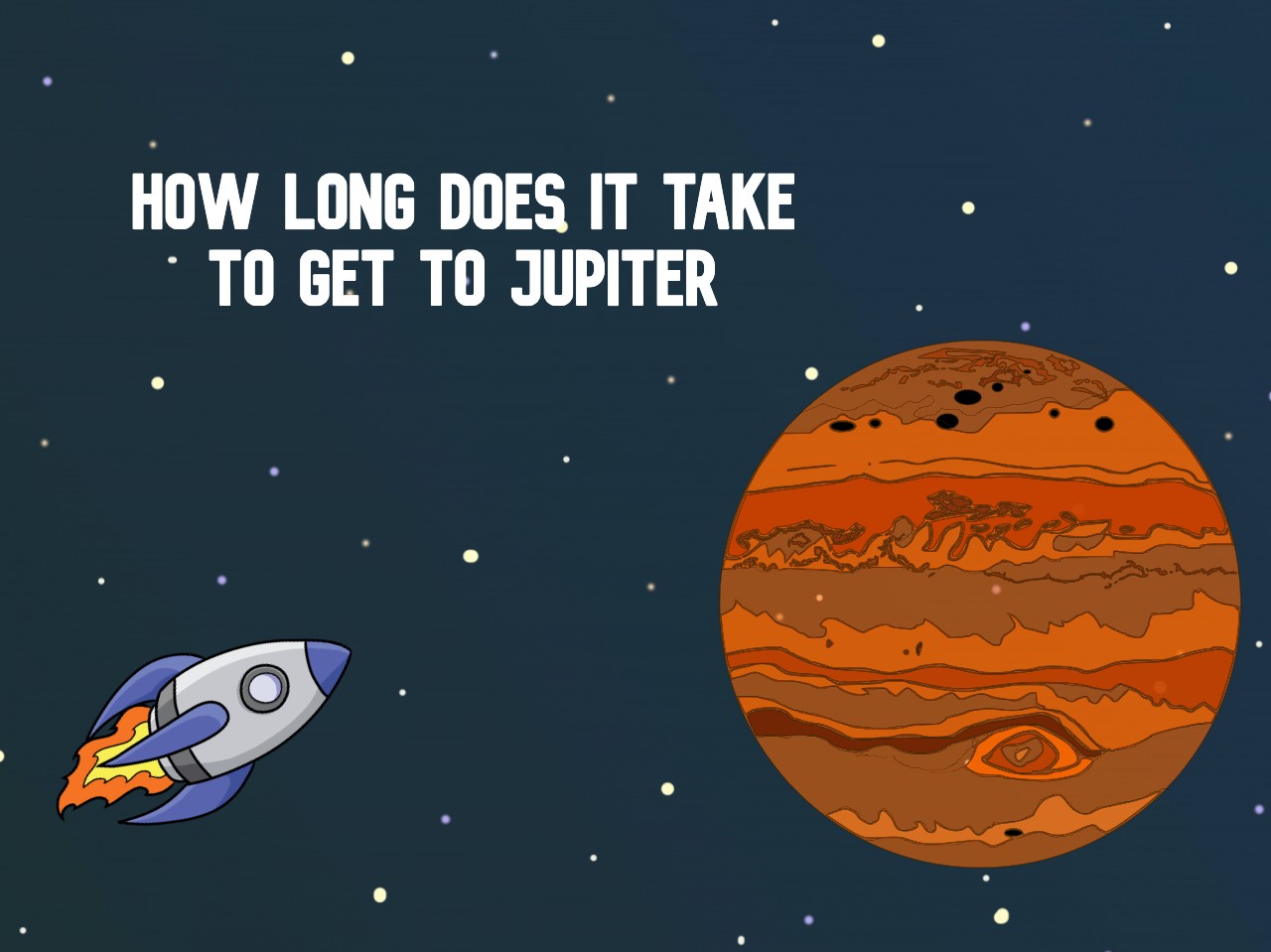
Jupiter is the largest planet in the solar system and the fifth farthest from the Sun. The mass of this gas giant is 2.5 times the mass of all the other planets in the solar system combined, and its diameter of 140,000 km is the maximum that a planet with a similar structure and history can have. Just think about the scale. If Jupiter were the size of a basketball, then our Earth would be the size of a grape. Scientists believe that during the formation period, it could well have become a star, a brown dwarf, if it had grown to a mass 75 times greater than the current one.
Jupiter impresses not only with its size but also with giant cyclones, as well as a powerful gravitational field, which plays a crucial role in protecting the Earth from being bombarded by large celestial bodies. However, the largest of Jupiter’s 79 moons (Europa, Callisto and Ganymede) are of the greatest interest to scientists. They believe that oceans of liquid water may be hiding under their ice caps, which can infer the existence of life. However, verifying this hypothesis is somewhat challenging. Jupiter is very far from the Earth, and getting to it is no easy task.
So, how long does it take to get to Jupiter? What robotic missions have already been on it? Could a manned expedition become possible one day? Find answers below.
What is the distance from Jupiter to Earth?
It varies. The thing is, planets move around the Sun in elliptical orbits and at different speeds. Accordingly, the distance between them is constantly changing. So, at perigee (nearest point), 588,500,000 km separate Jupiter from the Earth, and at apogee (far point) — 968,600,000 km. For the flight to take the minimum distance from Earth to Jupiter, it is necessary to calculate the maximum approach period accurately.
How long would it take to get to Jupiter by car?
Of course, getting to Jupiter would be better when it is “closer”. Imagine that we are driving there by car at an average speed of 100 km/h. In a day, we will drive 2,400 km. At this rate, the journey will take 673 years. This situation is fictional in many relations. In practice, spacecraft travel at much higher speeds than cars. But even they take years to reach the giant.
How long does it take a probe to get to Jupiter?
Of the probes listed below, those which flew past Jupiter without lingering in its orbit, spent an average of about 600 days on a flight. However, those which went into orbit took much longer because in order to not fly past, the spacecraft needs to slow down. In the table below, you can see the durations of the journeys of all Jupiter missions.
List of successful missions to or flying past Jupiter
| Mission | Launch Date | Flight time to Jupiter | Closest approach |
| Pioneer 10 | 03.03.1972 | 640 days | Flyby in 131 000 km |
| Pioneer 11 | 06.04.1973 | 606 days | Flyby in 43 000 km |
| Voyager 1 | 05.09.1977 | 506 days | Flyby in 290 000 km |
| Voyager 2 | 20.08.1077 | 688 days | Flyby in 645 000 km |
| Galileo | 18.10.1989 | 2242 days | the first to enter Jupiter orbit on 33 000 km |
| Cassini | 15.10.1997 | about 1140 days | Gravity assist in 9 700 000 km |
| New Horizons | 19.01. 2006 | 395 days | Gravity assist in 2 304 535 km |
| Juno | 05.08.2011 | 1796 days | Polar orbit entry in 559 km |
What year will humankind go to Jupiter?
Let’s be frank – humanity does not yet have an opportunity to safely traverse the distance from Earth to Jupiter. We won’t even be able to make a landing since Jupiter does not have a solid surface. Although Jupiter is called a gas giant, its core is posited to be liquid metallic hydrogen.
In addition, Jupiter poses a serious health hazard to astronauts. The interplanetary apparatus “Galileo” during its flight around the orbit of Jupiter, received a dose of radiation 25 times higher than the permissible standard for humans. In other words, Jupiter kills.
But that’s not all. Jupiter’s gravitational field is so strong that even if we land on its surface, we won’t be able to lift a finger.
Research potential
Jupiter is unsuitable for human life, but things may be different with its satellites. If the scientists’ hypothesis about the oceans of liquid water on its icy moons is confirmed, most likely, this will mean that they could have at least the simplest forms of life. This is what new missions have to find out.
In 2023, the European Space Agency plans to launch a new satellite to Jupiter. JUICE mission (Jupiter Icy Moon Explorer) will be launched from Kourou in French Guinea. With a successful passage, the probe will reach the region of the giant planet in eight years. The mission is expected to last for three years. Its purpose is to search for life on three ice satellites — Callisto, Ganymede, and Europa.
The first on-route is Callisto. Then the probe will go to Europa and fly around it twice. The final destination is Ganymede, where the device will operate until 2032. If successful, ESA will send a landing probe to the satellite’s surface to study the ice composition.
NASA Europa Clipper
The US Europa Multiple-Flyby (Europa Clipper) program is scheduled for June 2023. NASA’s spacecraft will be launched into Jupiter’s orbit, from where it will make 45 flybys around Europa. This NASA probe mission is an addition to the ESA Jupiter Icy Moons Explorer program described above.
Conclusions
Now you know how long it takes to get to Jupiter from Earth and that people can only dream about travelling there. We will have to wait for dozens of years, if not more, until science reaches such heights as to allow us not only a safe trip but also protection from this giant’s negative impact on our bodies.
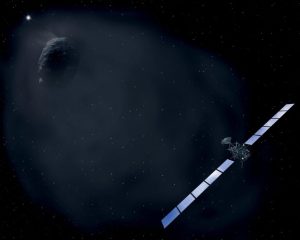
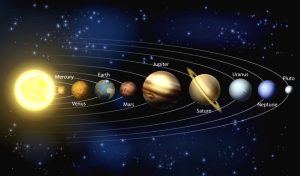
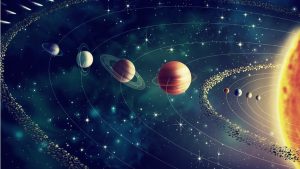
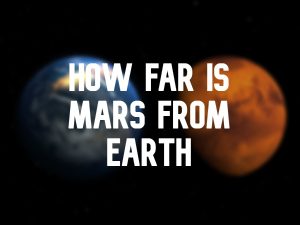


Thank you for your comment! It will be visible on the site after moderation.